A long, long time ago, in the world we currently live in, the United States Patent and Trademark Office (USPTO) was established. For 60 years, it has ruled over the mostly unchanged laws of all patents concerning the United States of America. On March 16, 2013, everything will change (sort of).
Remember last year when news came out that the USPTO had ‘rejected’ all claims of the Apple “pinch to zoom” patent, and concluded that all 20 claims of Apple’s “rubber-banding” (or over-scroll bounce) patent were invalid? How about when the famous Steve Jobs patent for ‘touchscreen heuristics’ was tentatively invalidated?
All three of those rulings flowed from changes introduced with the Leahy-Smith America Invents Act, yet most people do not even know what it is and why it should matter to them.
America Invents Act: part 3 – A new hope?
On September 16, 2011, the Leahy-Smith America Invents Act, Pub. L. 112-29 (AIA), was signed into law. The USPTO even prepared an in-depth resource guide on it’s implementation, in addition to an educational tour around the country to talk about it. Formerly known as the Patent Reform Act of 2011, it put in place changes that would take place over the course of 18 months, with the third and final installment in March of this year.
When introduced, the AIA was widely praised as the first major overhaul to the U.S. patent system in almost 60 years.
Theoretically, this would make an idea-to-invention-to-business 3 times faster! The AIA also reduces the current patent application backlog by almost 100,000, increases patent quality, and reduces the costs of patent litigation (trolling); all while harmonizing the U.S. patent process with that of most of the world’s other developed countries.
The bulk of these changes will be tested once March 16 arrives and the following are implemented:
- First to File System
- The U.S. will move to a first-to-file system instead of a first-to-invent system.
- Require that applications be examined against prior art dated before an application’s filing date. The date of invention will no longer be relevant in determining what is prior art against future applications.
- Post Grant Review
- A nine-month window for challenging a patent on any ground.
- Patent Related Provisions
- Patents will not be granted to any strategy for reducing, avoiding, or deferring tax liability.
- Prioritized Examination
- The USPTO will be authorized to proceed with a program for a fee-based prioritized examination, which may be useful for those interested in expedited examination for particular applications.
A simplified list of all the changes introduced by the AIA can be found here and the USPTO has just published their final examination guidelines governing the first-inventor-to-file system on February 13, 2013. However, the only one on the list that concerns phandroids would be the ‘first-to-file’ system.
Is it a red herring?
In the current first-to-invent system, a person who wants to own a patent has to first invent the product in question. The inventor must have the actual product made before even starting the application process, then prove that concepts in the application do not already exist in the real world. This was very time consuming, which ultimately lead to applications getting backlogged.
The first-to-file provisions change a founding principle of patent law in the U.S. by rewarding patent filing date, and not the date of invention, as the basis for securing the right to a patent. A hidden problem within the new move to have a similar filing system as the rest of the world is that the AIA greatly expands the scope of materials qualifying as ‘prior art’ against the claims of a U.S. patent or patent application. Compared to existing law, there will be no geographic restriction to prior art, a.k.a. a patent in Uganda can and will affect a pending patent application in the U.S.A.
This shift is not the game-changer some make it out to be. While the current system is time consuming, it provides an equal playing field for all inventors, big or small. First-to-file will actually put small and individual inventors at a disadvantage. The invention process is rarely inexpensive. Small and individual investors often lack the funding at the end of the development process to speed their new intellectual property into a full patent applications ready for filing. First-to-file does not change that, but instead puts that step in front of everything else, thus inhibiting the movement of new inventions to market, as the application process will need to be completed prior to presenting the idea to manufacturers or investors who may have the funding.
Bigger and older corporations win out with the new AIA implementation and they know it. Microsoft was one of the first, if not the first, major corporation to support the AIA since the beginning. The other well known corporations are: General Electric, Caterpillar, IBM, BP, Dow Chemical, PepsiCo, and Procter & Gamble.
Fear not, because there are some companies that did not support the AIA when it was first introduced. Although these younger ones still support the act’s change to first-to-file, they believe that the AIA’s changes to the patent dispute process would “increase the time and money spent on lawsuits that could be spent on the development of new technology.” The evidence supports this: In 1990, when Canada shifted to first-to-file, there was a 26% decrease in small/individual investor share after implementation. With first-to-file, investing in small startups may be riskier. These young crusading companies for the smaller inventors are: Google, Oracle, Yahoo, Dell, eBay, and Apple.
The mobile world and patent trolls
This new first-to-file system only increases the madness that has already engulfed the technology patent wars we all know and loathe. Take for example that even as we are less than a month away from this third phase being in effect, a company such as Apple has already gone crazy with it’s own patent filings. The aggressive patenting stance that companies take now will not be changed because of the AIA, but it will be amplified. A former Apple lawyer has said in an interview, that, “even if we knew it wouldn’t get approved, we would file the application anyway. If nothing else, it prevents another company from trying to patent the idea.” And with the AIA’s shift to the new system, this is the reality and no longer crazy talk.
On the software side, unfortunately, the AIA does not affect the way those patents are handled in the U.S. In fact, nothing new has been addressed since the June 2010 U.S. Supreme Court decision in Bilski v. Kappos, where it ruled that, at least in principle, business method patents are patentable subject matter under the definitions of “processes” and “methods” found in the code and that “federal law explicitly contemplates the existence of at least some business method patents.” It stands to reason that the AIA’s effect on the mobile world is nonexistent to pure negative and until the laws affecting mobile technology actually gets a real makeover, no amount of fancy words signed into law will matter.
The AIA has already curtailed patent trolls from mass litigations. This was done by making it impossible for patent trolls to bring a patent infringement litigation against dozens of defendants, sometimes well over 100 defendants, in a single infringement action. The famous U.S. District Court for the Eastern District of Texas no longer aids the extortion of defendants by patent trolls after the first phase of AIA was implemented on September 16, 2011.
It is true that corporations will have an easier time smashing patent trolls through the courts, but the system still does little to deter trolls from filing bad patents in the first place, despite the AIA including supposed ways for inventors to avoid litigation.
Just another phantom menace
While the first-inventor-to-file system is a significant change, patent practitioners and potential patentees must remember that not everything has changed. First-to-file patenting strategies (early and often) are not new for U.S. applicants, since commercial markets are worldwide and most companies already file outside of the United States.
The AIA does not really fix anything, and in some instances only makes things worse. This is not only about ‘rushing to the Patent Office’, but also about how investors must assume they would need to make larger investments per startup in order to ensure adequate resources for accelerated reduction to practice (Larger firms with ample resources have timing advantage over less resourceful inventors). The first-to-file system rewards companies with resources to file many patents quickly and the post grant review implies that you should monitor every patent issued and challenge them within 9 months (from under your bridge-like accommodations).
Ultimately, the core process does not change much because in order to be awarded a patent, one must still be an inventor, no matter how vague it is defined. You cannot learn of an invention now, or under the America Invents Act, beat the inventor to the Patent Office and get a patent. Inventors must contribute conception, and stealing from another provides no conception to support awarding a patent.
Do you think this new set of rules affecting the patent wars was necessary, or are we poised to make another 3 part change in the future to correct this one?
[The public may contact the AIA Helpline at 1-855-HELP-AIA or the AIA Email at HELPAIA@uspto.gov for answers to any AIA related questions, or for more information and links : the U.S. House of Rep. Committee on the Judiciary.]

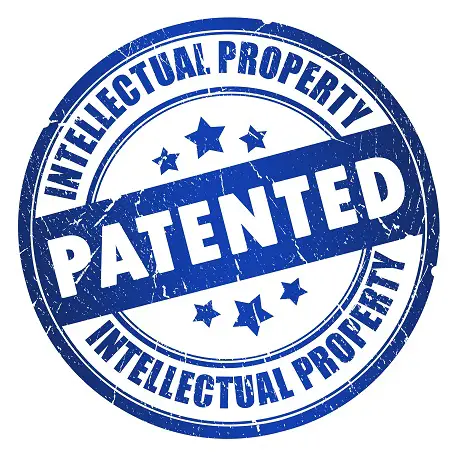







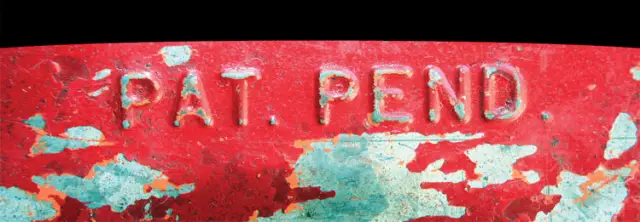


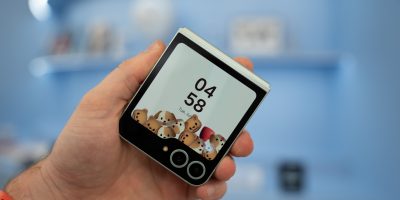
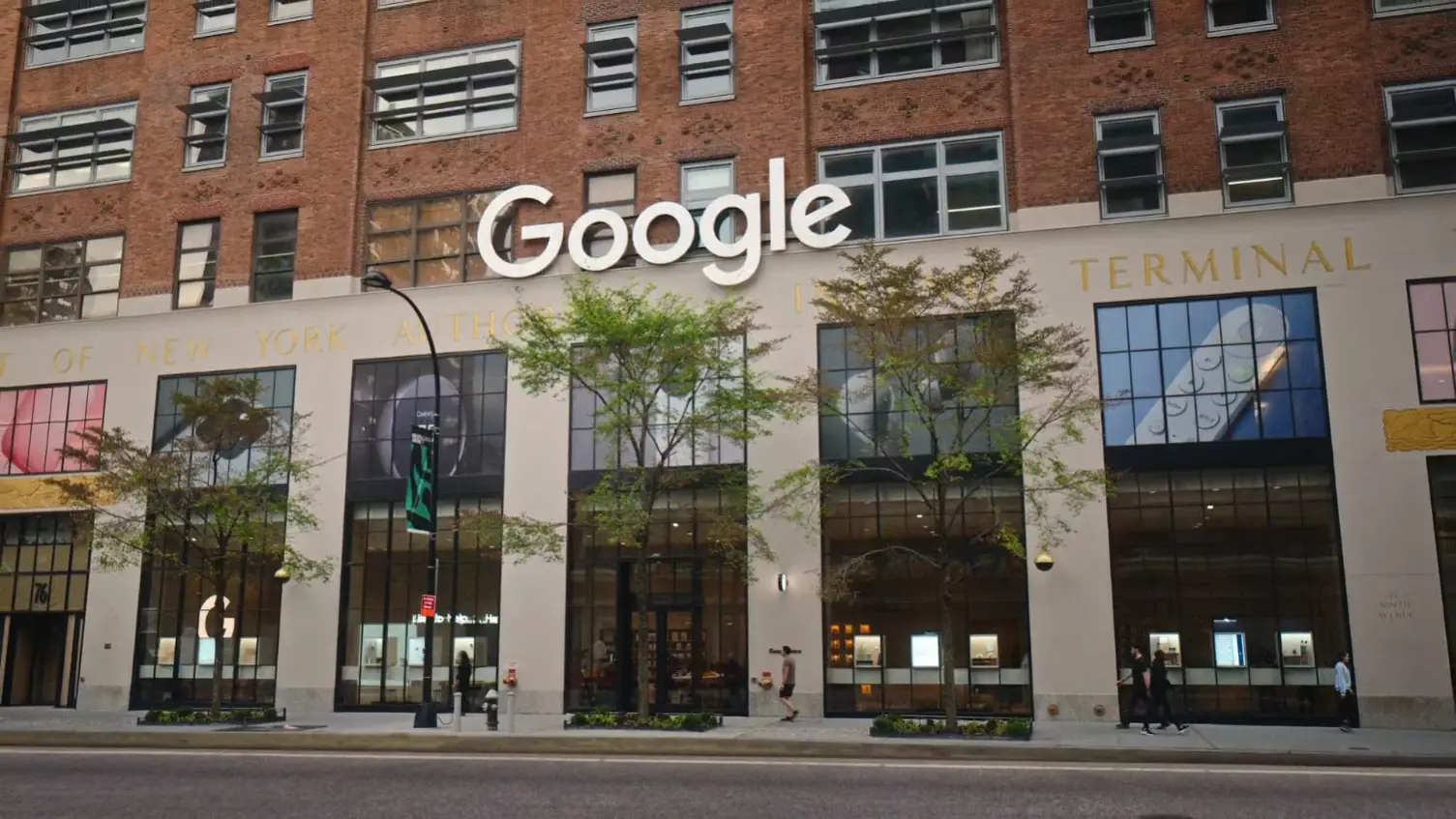




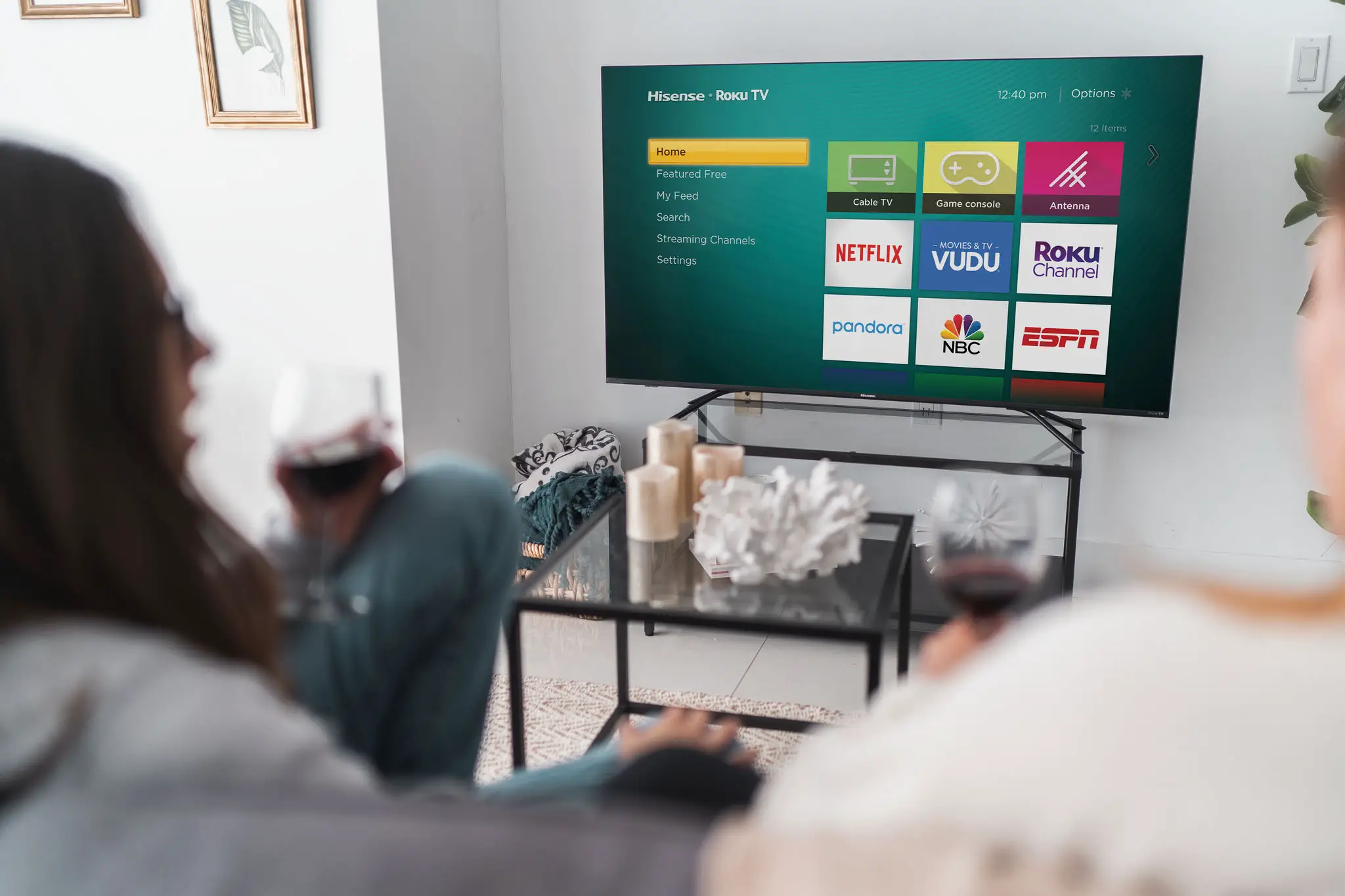
Jesus, we still can’t get it right. Apple will still be filing their vague patents as usual screwing up progress.
Its about DAMN time!!!!
Great write up! Looks like something that’s from The Verge.
GREAT TIMING! i have a essay due soon on the patent system issues
LOL. Are you going to cite Phandroid in your essay?
I think the patent system is still broken. When patents get approved for “1-click ordering” or rounded corner icons you know something is wrong
Nice article! Well worth the read. Thanks!
there is NOTHING original about behaviours on a mobile device that have existed in the public domain on other technologies/interactions with the physical world. Lets hope the insane patents that the Apple Corporation have been trying to muscle, to further monopolise the obvious… like rectangles, circular home buttons at the bottom of a rectangle etc… it is rather pathetic and insane they were awarded in the first place.
Nice article David, really informative, great explanations and analyses. Glad you (and not i) took this article on!
The AIA is a pork barrel disaster. It has weakened the rights of inventors and further entrenched politically connected companies, just what you would expect from this administration and the Bush Administration
Who is this new writer? You, sir, have some serious talent and it is just what Phandroid needs! Real journalism!
I believe the article says it is written by a person named, David. ;)
Lmao!!!!
(Meanwhile in California)
get your first to file form right here 50 $ each
(Man)
Yes ill take an apple ipod touch I invented the shuffle wheel
(Street Seller)
That will be 50 $….here you go “no questions asked”
(Steve jobs)
Hey didnt I patent that back in 1989?
What about cyber-theft of IP (or just regular industrial espionage), especially if the R&D firm or individual doesn’t even find out for a year or two??? If America thinks it was bad before this stupid legislation passed, they haven’t seen anything yet! Congress is just plain clueless when it comes to science, technology and the invention process.
Does every inventor now have to file every month, or even every week to protect their work??!! THIS LEGISLATION WAS JUST PLAIN NUTS!! How can they dare call it the “America Invents Act” (a euphemism if there ever was one)! It’s the end of individual inventors in America, that’s for sure. They will soon become extinct (just like the big corporations want them to be). But America will also lose up to 40% of its new inventions and innovations, because it just won’t pay to be an inventor in America anymore. Just wait and see – this will be one of the biggest disasters ever.
The original Founding Fathers had it write the first time – why did Congress have to mess with the best system for IP protection in the world. How many new innovations come out of Europe or Japan, anyway!!?? And, what incentive do “corporate inventors” have to invent, besides just maybe keeping their jobs. That’s not a very good incentive, is it?
So if I can patent an idea I could patent the flying car now without having actually produced one and in x amount of years /decades or whenever something like that is actually invented my future family can reap all of the royalties from my patent because I was first to file? Seems a little flawed to me
Inventors ideas,
Lawyers filed to prey on,
Innovation fell.